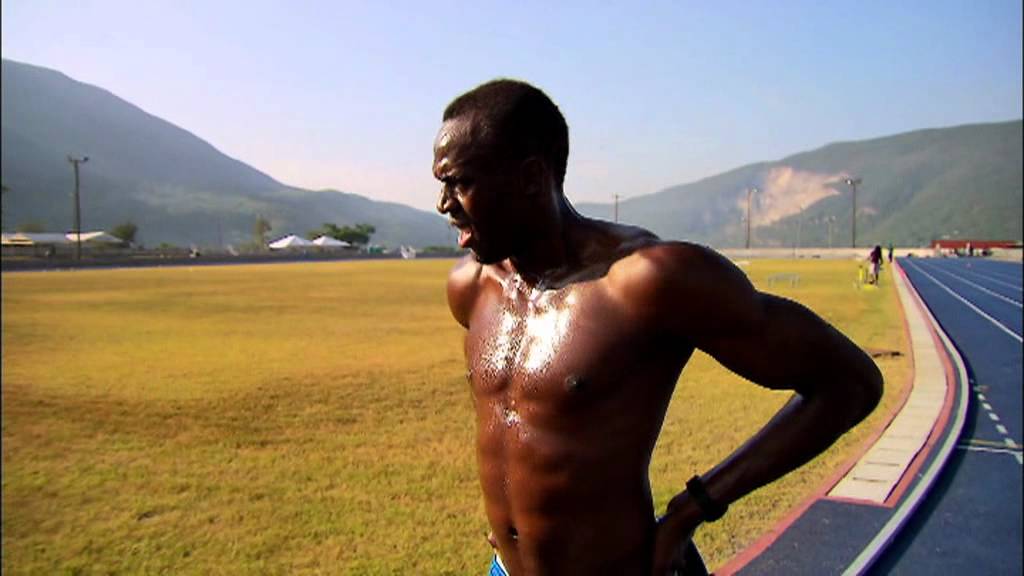By Emre EMIRBAYER, Year 12.
This article is through a scientific point of view but also through my personal experience as a U18 national level sprinter.
Long sprints, like the 400m, 300m and 200m, are in a category of suffering of their own. They are arguably the most brutal events in Track and Field with the 400m being number one. They sit at the razor’s edge of human performance, with a combination of pure speed, explosiveness, but also speed endurance as they push humans to their breaking point. What makes these races so brutal is the physiological toll they take on the body. Sprinting at maximum effort burns through your immediate energy stores within seconds, leaving your body to rely on anaerobic respiration that produces lactic acid as a byproduct. This acid builds up rapidly and it causes a burning sensation in the muscles that intensifies with every stride.
By the halfway mark of a 400m, the body has entered a full-blown energy crisis. The anaerobic system can no longer keep up with the demand, and while the aerobic system steps in to provide additional fuel, it’s simply too slow to meet the explosive energy needs of the race. The result is a brutal showdown between your body’s fading energy and you trying to maintain your top speed. At this stage, every step becomes harder than the last, as rising acidity impairs muscle function and forces you to fight through agonizing pain.
I specialize in the 100m. The longest distance I’ve ever run in competition is 300 meters, a strategic decision by my coach to help prepare us for the 200m. Those 300 meters remain one of the most painful experiences of my life. By the final 50 meters, my body felt like it was moving in slow motion, completely overwhelmed by lactic acid buildup. Lactic acid makes it nearly impossible to move your limbs effectively, and when your body reaches its limit, everything starts to shut down. This happens during the race, and you just have to keep pushing. You might say this makes sense—I train for the 100m and 200m, not the 400m—but even so, the pain of maximizing lactic delay for those “shorter” sprints is something most non-sprinters can’t even imagine. Every Friday, we have lactic and speed endurance sessions to push our limits, and it’s almost a weekly occurence to vomit or see your teammates vomiting from the absolute hell workout. Vomiting is not common in other sports, and most of my friends cannot imagine how one’s body can react that way. Sprinting pushes your body to such an extreme that blood is diverted away from your stomach to power your muscles, and the buildup of lactic acid and physical stress can overwhelm your system. That is why we get so nauseous during Friday workouts. Oftentimes, our minds go blank, heads start spinning and our vision gets blurry on the last reps. The world starts to fade away, and the only thing we see is the light coming from the digital cones that measure our split times. When the workout is over, it just becomes an internal war of trying to not collapse, vomit, or cramp up. And this is not even a 400m preparation, it is a 200m preparation. Sprinting might not seem as grueling as long-distance events like the 5K or 10K, but it drains your energy in a way different, way more brutal manner. In a long sprint, your body uses up all its energy systems at once—anaerobic, aerobic, phosphagen—and you are left fighting through total physical and mental exhaustion to finish the race. That is what most people fail to realize, they need to have lived it to understand. However, it is also what makes sprinting so unique.



